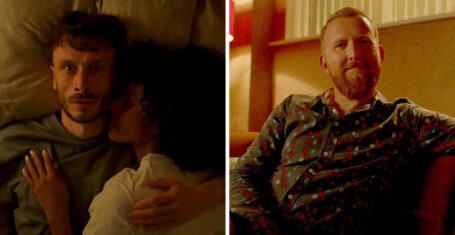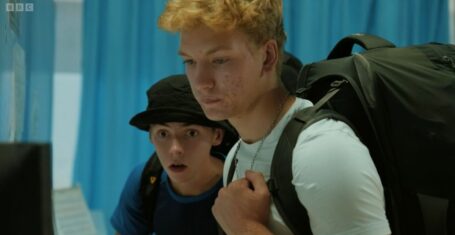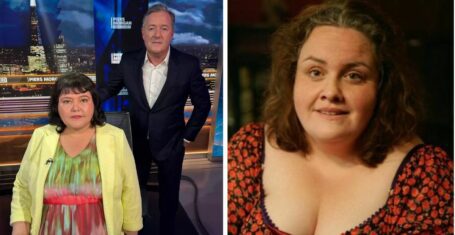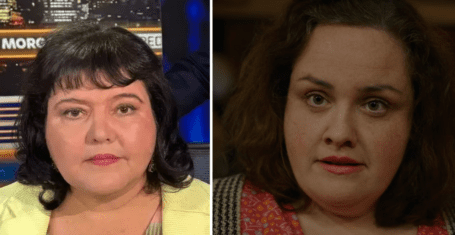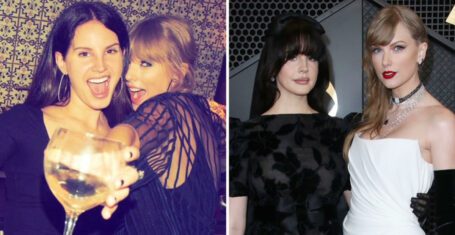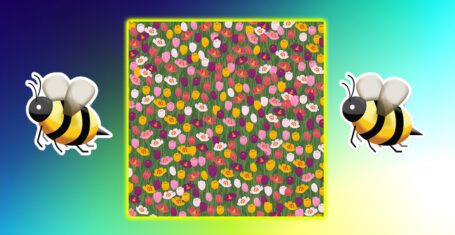
Badass Planet: Review of BBC’s Frozen Planet
Before getting into this, I have to preface the soon-evident bias present throughout my writing – I fucking love nature. The more ice, rock, snow, steep gradients and desolation the […]
Needless to say, when I heard that BBC was soon to release Frozen Planet, the follow-up to their critically acclaimed Planet Earth series, I couldn’t help but secretly count the days ‘til its air-date.
To my luck, Planet Earth succeeded in making nature cool in 2006 by aweing audiences everywhere, and there has been no shortage of “hash tagging”, “likes”, and linking on the Internet and in conversation. The buzz has made watching a nature show a socially-accepted happy medium between going out and avoiding the library on those nights where group-think feeds guiltless procrastination. After a couple late nights doing just this, I can only attest that BBC has done it again. Between their meticulously crafted storylines and cutting edge cinematography, Frozen Planet is one of the most impressive achievements in nature documentation to date.
Frozen Planet is smartly broken into episodes that cover the seasonal climactic shifts and reactions in the biomes (i.e. the animals and plants ‘n’ shit) at the two poles. The series does well to toe the line between being consumer-friendly and scientifically informative, and weaves the story of the seasons through a retelling of the day-to-day trials of the show’s protagonists: the animals. One of the most engaging aspects is the show’s ability to create or even, yeah I’ll say it, portray the personalities of the animals.
Take the penguins for example. You can’t help but chuckle at their clumsiness as they waddle around resorting to ‘lives of crime’ and yet be simultaneously impressed by the crap they’ll go through to hatch their eggs. I’m sure for those who have watched this, somewhere around this point someone in the room burst out, “I want one!” as the show does make the little fuzzers seem pretty appealing.
Frozen Planet does, however, miss a crucial point for the doters, albeit a hard one to portray unless you have a high-tech TV (which if you do, I want it), and furthermore a point true of most wild animals. Penguins are messy and they fucking stink.
Back in 2008, as our expedition reached the Antarctic Peninsula, we managed to run our sailboat aground and become temporarily stranded off of Trinity Island. We happened to find ourselves downwind of a Gentoo Penguin colony. Imagine 1,000’s of pounds of krill and shrimp, eaten, regurgitated, eaten again, deposited and piled into a heaping mountain of orange-red snow all being blown right towards you.
Meanwhile, the whole population lined up on the hilltops of their little haven to see who the idiots were that had crashed into the rock they swim by everyday. We spent the following morning lightening ship by dragging sleds of kit across the colony. Once the pungent odour of the Gentoos had numbed my nose, I couldn’t help but be entertained by our little companions who had decided to accompany us on our journey. Hordes of them spent the majority of their day jogging and sliding alongside us, back and forth across the little island. Though I softened up to them, I remained semi-disgusted by their feces-coated lives. However, maybe the septic problems of penguin society are better left out of the public eye; in the end they manage to survive the harshest climate in the world and make it seem almost funny, which is a powerful tool when rallying public interest over conservationism and sustainability.
Woah, small digression. Back to the business: as a documentary, Frozen Planet informs viewers in a plot oriented fashion, making its educational purpose anything but tedious. It does so in a balanced manner that allows it to reach a wide audience who can take from it what they will. Ever since Free Willy, one of my biggest aspirations as a kid was to be tight with a Killer Whale (and rock light-up sneakers). The latter I succeeded in pretty quickly, but have continuously failed to find the “right whale”. Frozen Planet has, however, changed my mind, Killer Whales are not cool and do not deserve my friendship. Hell, no. Maybe Willy was an exception but those dudes are malicious and play with their food, and that’s just bad manners. Being in with the Narwhals would be way more chill. They have epic tusks with which, for whatever weird evolutionary mishap, they don’t even spear prey and/or icebergs. Instead, they casually joust – what? Now I’m just jealous of Buddy the Elf. Despite being dumbed down for emphasis here, my point is that Frozen Planet is equally as informative as it is visually bewildering.
Anyone who has ever wielded a camera, whether into a mirror for your Myspace page (circa 2001) or as a more serious interest can appreciate the craftsmanship involved in Frozen Planet’s cinematography. It’s even more impressive when considering the far below freezing temperatures, which mean spending half the time making sure the kit is acclimatized if not already broken. Furthermore, the persistence to stick it out in these temperatures to get the shots for the painstakingly thought out storyboard shows serious grit and composure. As if this were too easy for the BBC, the Frozen Planet crew created an underwater light studio in the Antarctic Ocean. Effectively, this resulted in one-hour rotations between film divers as longer exposure would result in death. Not to mention the studio was under the Antarctic ice sheet, which is notorious for shifting and closing blowholes and any chance of resurfacing. The fact that the BBC was able to produce a series of such calibre in such an adverse climate is a phenomenal accomplishment in cinematography, detailed planning and exploratory fervor.
The only major issue I could find with what has been released of the Frozen Planet series so far is that its storytelling is potentially too fluid. Unless the viewer is totally engaged with the script, the jumps between the Arctic and the Antarctic are almost seamless. This is a danger for a program that’s chief purpose is ultimately education, as viewers could leave still wondering why polar bears don’t eat penguins. Nonetheless, David Attenborough’s narration makes the script shine and anyone who is not fully wrapped up in his words is probably in the 3am viewership.
Ultimately, Frozen Planet is an outstanding achievement. The only thing competing with BBC at the moment is the Possum Posse’s four-part installment recreating the 1978 film The Buffalo Rider. Not actually, but he punches a cougar in the head, which is pretty rad. So, even if you hate nature, think of it this way: it is the best option you’ll ever have of seeing the coldest and most uncomfortable climates in the world, all without leaving the comforts of your (drafty student) flat. And who knows, after it’s all over you might like it that much more.
The latest episode of Frozen Planet, takes a turn to cover the peoples living in the Artic/Antaric regions. Check it out.
Written by Henry Stanislaw, standing-room-only writer
Photos: © BBC; Henry Stanislaw





























